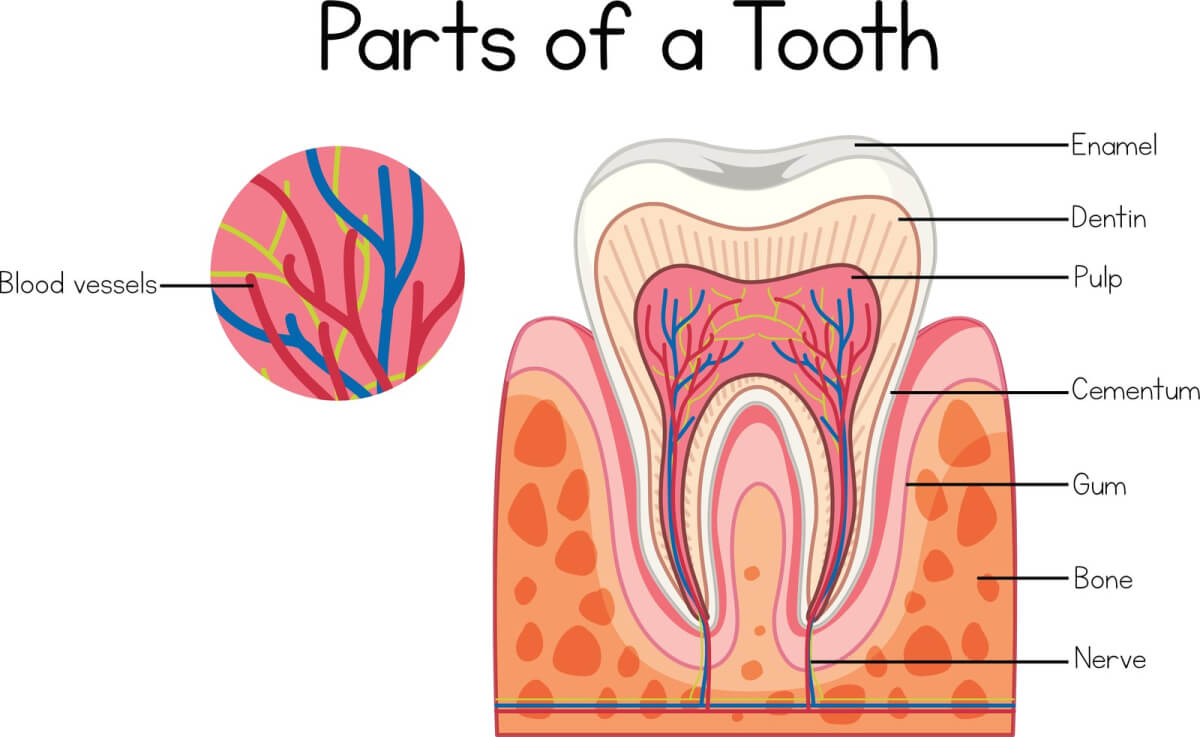So: your dentist has told you that the best thing for your oral health is to receive root canal therapy in Grande Prairie. If your first reaction is to worry, that’s normal! A lot of people get nervous about the procedure because they don’t want to feel pain and don’t really know what to expect.
Here at our local dental office, our dentist near you is here to walk alongside you on your oral health journey. We’ll make sure the care you acquire is effective and that you are as comfortable as possible the entire time.
To help ease your anxieties, we’ve compiled a list of commonly asked questions about root canal therapy.
What is a root canal?
Inside your tooth is a fleshy sac called the pulp. Inside the pulp, vessels that carry blood and nutrients, as well as nerves, are located. When your pulp becomes damaged and starts to rot, this can lead you to experience severe pain and sensitivity when moving your jaw, chewing, and even talking.
The best, most effective way to address this problem is to extract the unhealthy pulp.
Why do dentists recommend this treatment?
One of the primary reasons why your dentist may advise a root canal is to prevent an infection from causing any more damage to your smile. If left untreated, the infection can spread to other areas of your mouth and trigger more serious issues like bone deterioration.
Why should I get a tooth extraction instead?
A tooth extraction is indeed a reliable form of restorative dentistry, but dentists don’t just pull our patients’ teeth willy-nilly. Often, tooth extraction is performed when a root canal is not possible. But because a mature tooth can survive without the pulp – your neighboring teeth will supply what it needs to survive – receiving root canal therapy near you is typically the primary choice.
What are the steps to the procedure?
Step 1: You’ll attend an initial consultation so your dentist can determine if you’re an ideal candidate for a root canal. They’ll do this by asking you about your dental habits at home, taking X-rays, and physically examining your teeth and gums.
Step 2: Once you have the go-ahead, they’ll get started by administering an anesthetic to keep you relaxed while they tend to you.
Step 3: The pulp is removed. A dental drill is employed to access the chamber where it’s located. Your dentist will fully extract all the decay and then ensure the entire sight is clean.
Step 4: A dental crown is placed over the top of your tooth. This is only a temporary measure; you’ll need to return at a later date to have the permanent one installed. It takes approximately 2-3 weeks for the prosthetic to be created.
Step 5: The permanent crown is placed. Then, you’re all done!
Your dentist will make sure that everything looks good before letting you go. If you have questions about anything at all, don’t be afraid to let them know.
How long does it take for my mouth to heal?
Everyone’s bodies are different, so the time it takes to recover will vary but on average, it will be a couple of days. To ensure that your mouth heals properly, stick to eating soft foods like yogurt, soup, and oatmeal; don’t smoke; and clean your teeth after meals.
Can root canal therapy be unsuccessful?
No treatment is 100% perfect. In some cases, it may not be as effective as it should be. But don’t worry – root canal therapy boasts a 95% success rate. Again, if you have concerns, talk to your dental team.
Come into Swanavon Dental
Are you interested in setting up an appointment with our dentist in Grande Prairie? No problem! We are here to help new and returning patients will all their oral health needs. Whether you need to undergo a root canal or another means of treatment, we’ll be able to get your smile looking and functioning flawlessly once again. Give us a call or visit our website to get started.


